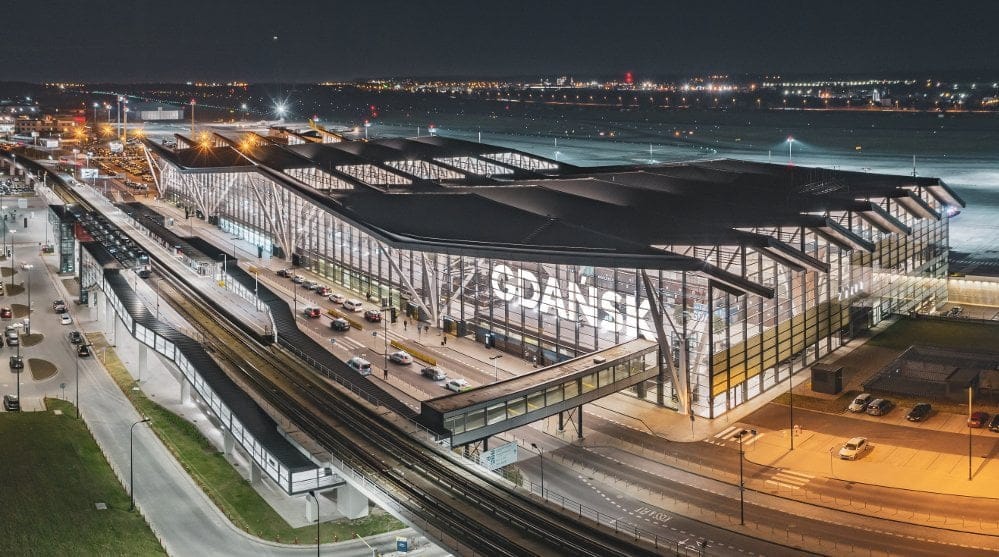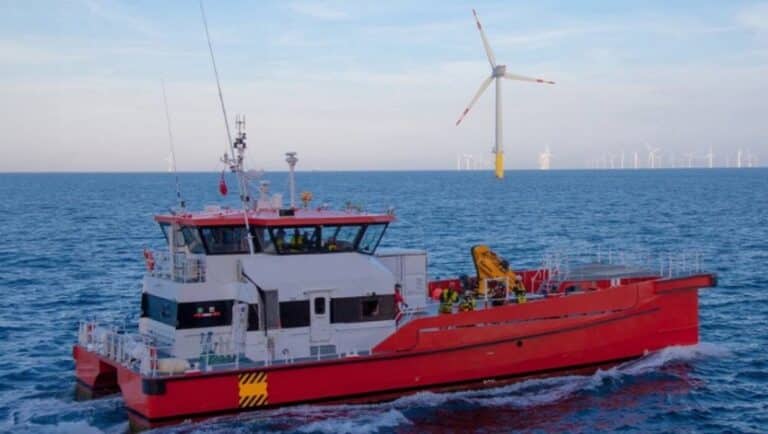Rising passenger traffic at Poland’s regional airports
Passenger traffic at Chopin Airport and Poland’s 13 regional airports from January to September 2021 hit almost 13 million, 191,000 more (+ 1.5%) compared to the same period of the previous year. In the analyzed period, the share of regional airports in total traffic handled was 60%.
During the first nine months of this year, 7.85 million passengers, that is 188,000 people less (-2.43%) compared to the same period last year, were handled in the thirteen airports operating in the regions. This is 33% of the traffic handled in the record period of the first three quarters of 2019, when 23.3 million passengers passed through regional airports.
In the analyzed period, the most difficult quarter for regional airports was the first quarter, in which only 458,000 passengers were checked in – which is 4.34 million less (-90.5%) compared to the same period of the previous year. From April to June – in the second quarter, 1.57 million passengers were recorded at thirteen regional airports, which is 1.5 million more compared to the second quarter of 2020, a quarter marked by an administrative lockdown of the aviation industry and during which only 70,000 travelers was handled.
This year’s peak of transport, which traditionally falls in the third quarter, regional airports ended with 5.82 million passengers, 2.69 million more (+ 86.2%) compared to the same period of the previous year. The result for the period of July-September 2021 is 60% of the traffic handled in the record-breaking third quarter of 2019, when 9.6 million passengers were handled at regional airports.
From January to September 2021, in the “millionaires” group – airports handling over a million people annually before the pandemic – the best results were recorded by airports in Kraków – 1,735,000, then in Katowice – 1,730,000 and Gdańsk – 1,377,000. The next ports according to the number of passengers are Wrocław – 939,000, Modlin – 857,000 and Poznań – 722,000. In the airports which before the pandemic handled less than a million passengers a year, Rzeszów was in the first place after the first nine months of this year, with 162,600 passengers, then Szczecin – 114,800, Lublin – 68,400, Bydgoszcz – 56,400, Łódź – 41,400, Olsztyn – 31,200 and Zielona Góra – 16,100.
“During the three summer months, regional airports almost recovered from the loss in passenger numbers in the first half of this year,” says says Artur Tomasik, President of the Board of the Association of Regional Airports and President of the Board of Górnośląskie Towarzystwo Lotnicze SA, the company managing Katowice Airport.
“This does not change the fact that the situation of the aviation industry is very difficult. The coronavirus pandemic has been going on for about two years, during which time aviation operates under conditions of very high uncertainty. More waves of the pandemic are sweeping across Europe, bringing about increased sanitary restrictions, which automatically translates into a decline in interest in air travel. As if that were not enough, we have a planned 40% increase in terminal navigation fees for carriers operating from the regions. This is terrible news, because in the long run, high navigation fees will negatively affect the development of regional airports, which handle 60% of passenger transport in Poland,” Tomasik says.
“As a result of the coronavirus pandemic, regional airports suffered very large financial losses. It will take a long time for ports to return to a stable financial position. The macroeconomic situation is not conducive to the reconstruction of our financial resources. We are very concerned about rising inflation, including the dramatic rise in electricity prices. Next year, regional airports in Poland, depending on their size, will pay from several hundred thousand to even several million zlotys more for electricity. In addition, the progressive increase in the prices of construction materials and the cost of loans have dramatically limited investment opportunities – both for reconstruction and development. The aviation crisis continues and nothing indicates its imminent end, ” says Tomasik.
Regional airports are an important element of Poland’s transport infrastructure. In the record year of 2019, a total of 30.2 million travelers used the network of regular and charter airports operating in the regions, which accounted for 62% of the total number of passengers served in Poland at that time. The rest of the passengers – 18.8 million (38%), used the network of connections at Warsaw Chopin Airport. In the crisis year 2020, 9.1 million passengers were handled at all regional airports, which is over 21.1 million less (-69.8%) compared to 2019.
Photo credit: Airport Gdańsk
Read also: Passenger traffic at the Warsaw Modlin Airport almost at the level of 2019







